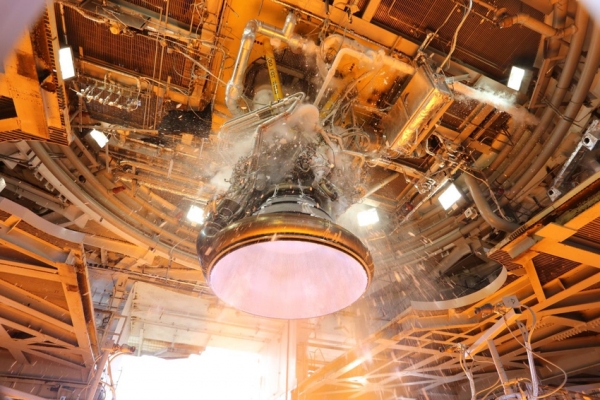The History and Uses of Hydrogen

Hydrogen car (Beboy_ltd, iStockphoto)

Hydrogen car (Beboy_ltd, iStockphoto)
8.12
How does this align with my curriculum?
Curriculum Alignment
AB
9
Knowledge and Employability Science 8, 9 (revised 2009)
Unit D: Electrical Principles and Technologies
NT
9
Knowledge and Employability Science 9 (Alberta, Revised 2009)
Unit D: Electrical Principles and Technologies
BC
10
Science Grade 10 (March 2018)
Big Idea: Energy change is required as atoms rearrange in chemical processes.
NU
10
Science Grade 10 (British Columbia, June 2016)
Big Idea: Energy change is required as atoms rearrange in chemical processes.
AB
11
Knowledge and Employability Science 20-4 (2006)
Unit A: Applications of Matter and Chemical Change
BC
7
Science Grade 7 (June 2016)
Big Idea: Elements consist of one type of atom, and compounds consist of atoms of different elements chemically combined.
BC
9
Science Grade 9 (June 2016)
Big Idea: The electron arrangement of atoms impacts their chemical nature.
NU
9
Knowledge and Employability Science 9 (Alberta, Revised 2009)
Unit B: Matter and Chemical Change
NU
11
Knowledge and Employability Science 20-4 (Alberta, 2006)
Unit A: Applications of Matter and Chemical Change
YT
7
Science Grade 7 (British Columbia, June 2016)
Big Idea: The electromagnetic force produces both electricity and magnetism.
YT
9
Science Grade 9 (British Columbia, June 2016)
Big Idea: The electron arrangement of atoms impacts their chemical nature.
NT
9
Knowledge and Employability Science 9 (Alberta, Revised 2009)
Unit B: Matter and Chemical Change
NT
11
Knowledge and Employability Science 20-4 (Alberta, 2006)
Unit A: Applications of Matter and Chemical Change
NT
10
Knowledge and Employability Science 10-4 (Alberta, 2006)
Unit A: Investigating Properties of Matter
NU
11
Science 24 (Alberta, 2003, Updated 2014)
Unit B: Understanding Common Energy Conversion Systems
ON
10
Science Grade 10 Applied (SNC2P)
Strand C: Chemical Reactions and Their Practical Applications
YT
11
Chemistry 11 (British Columbia, June 2018)
Big Idea: Matter and energy are conserved in chemical reactions.

